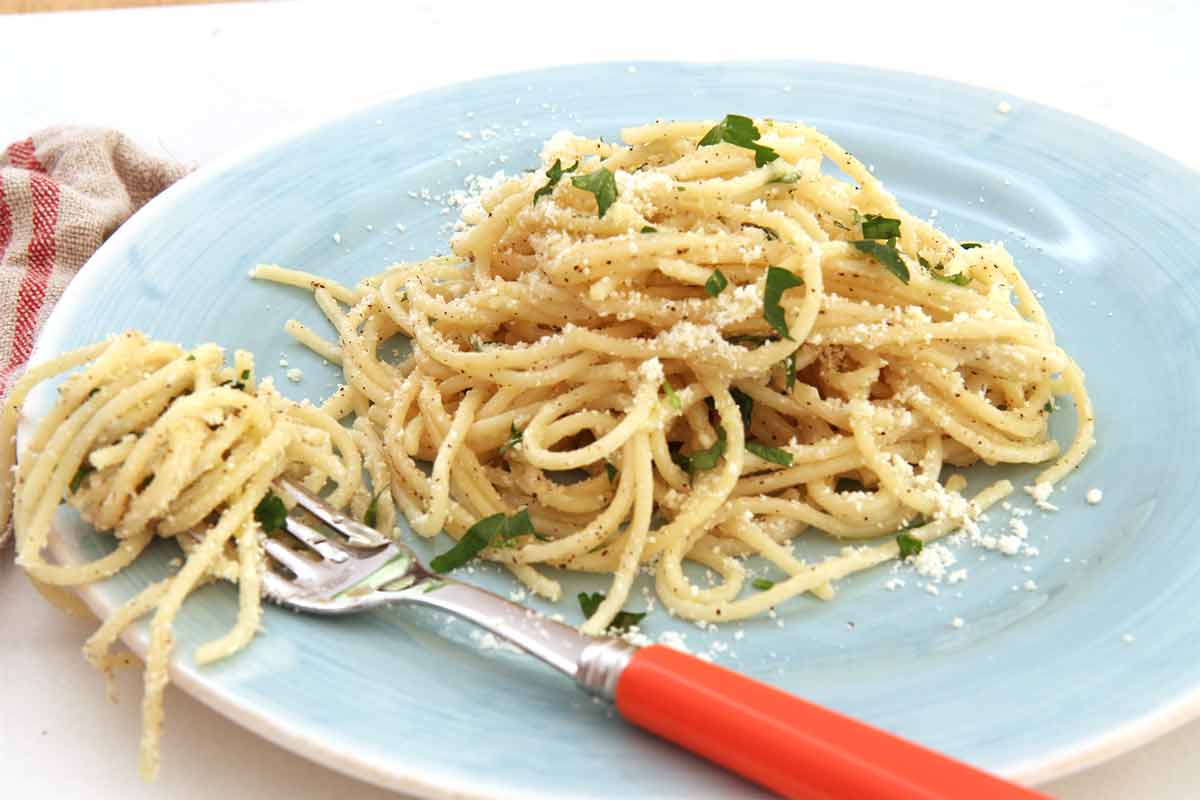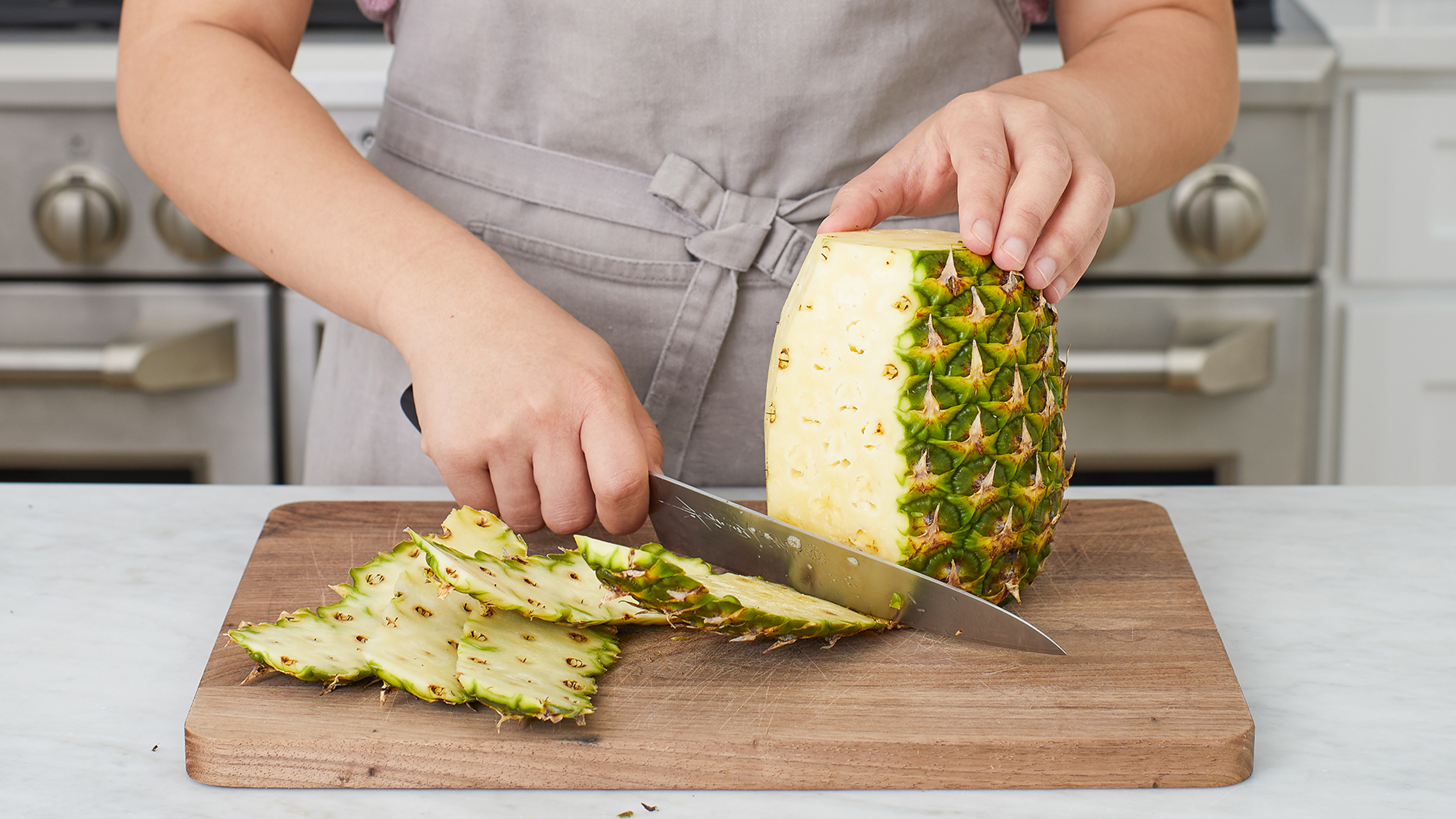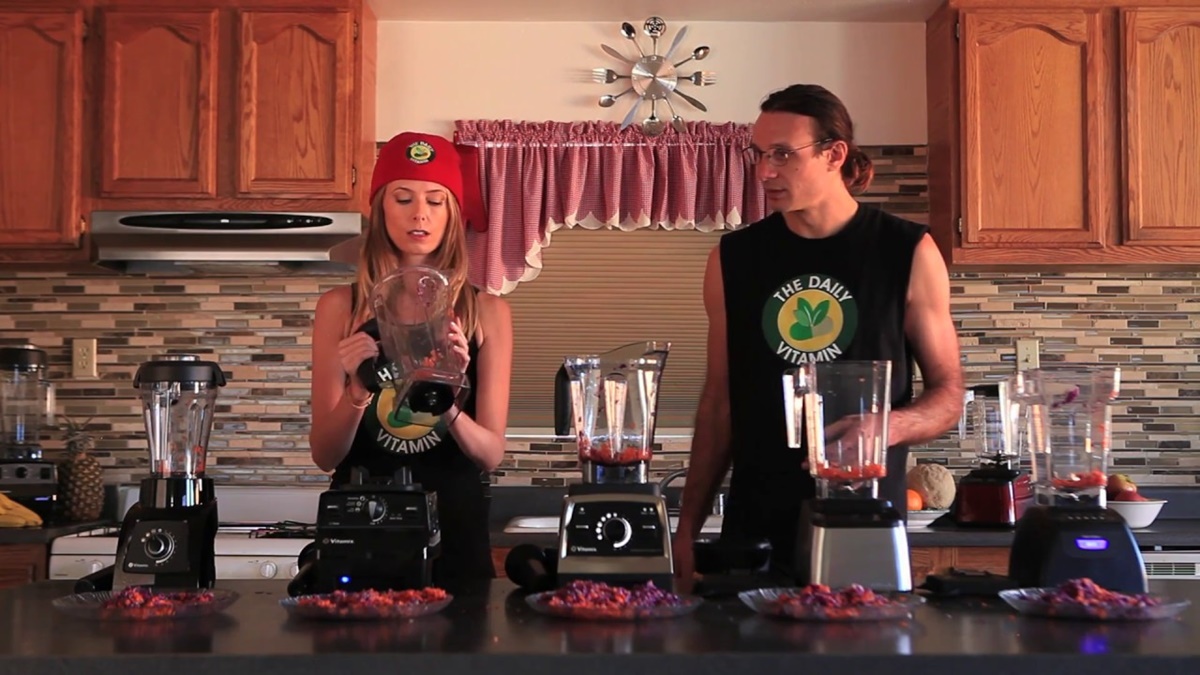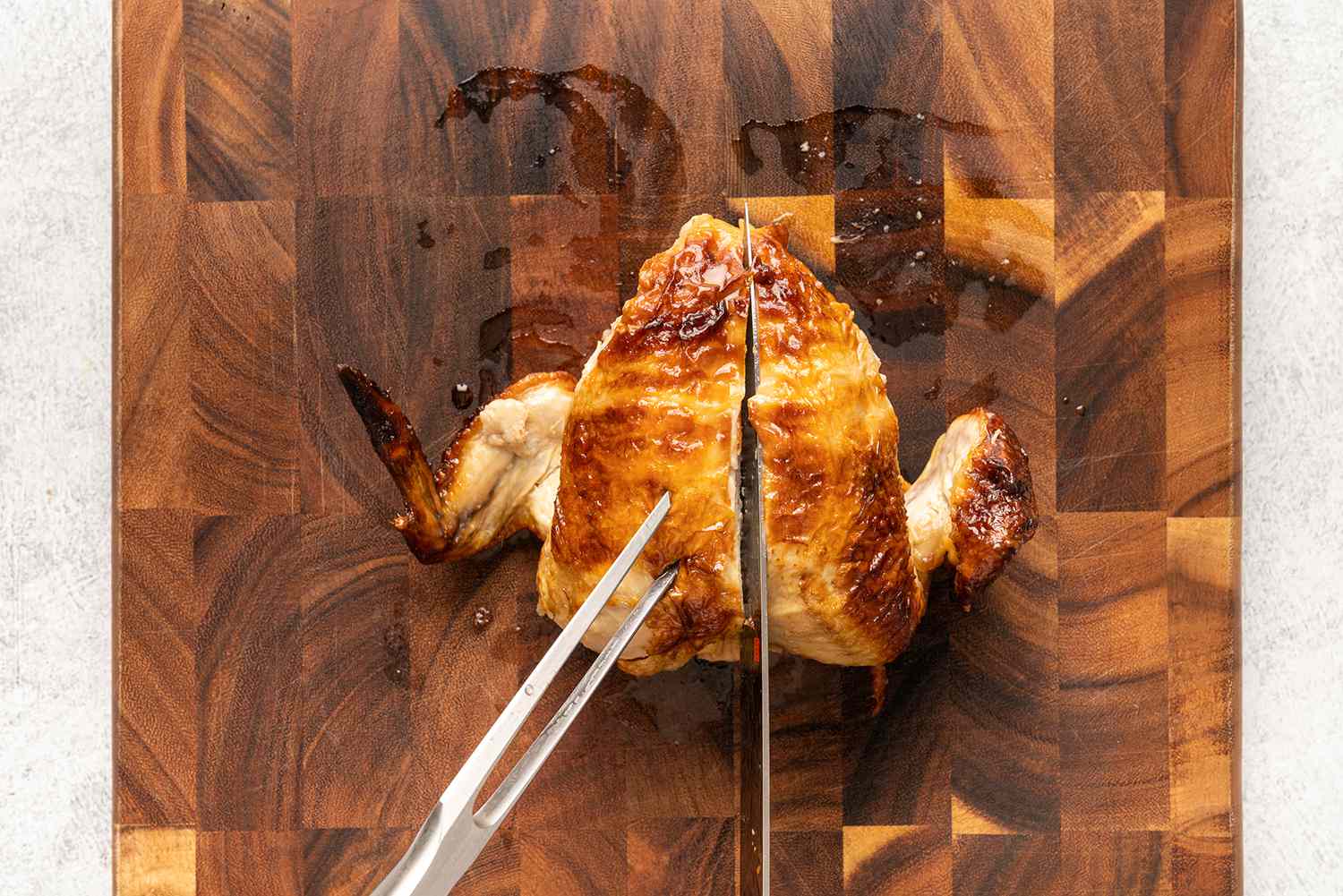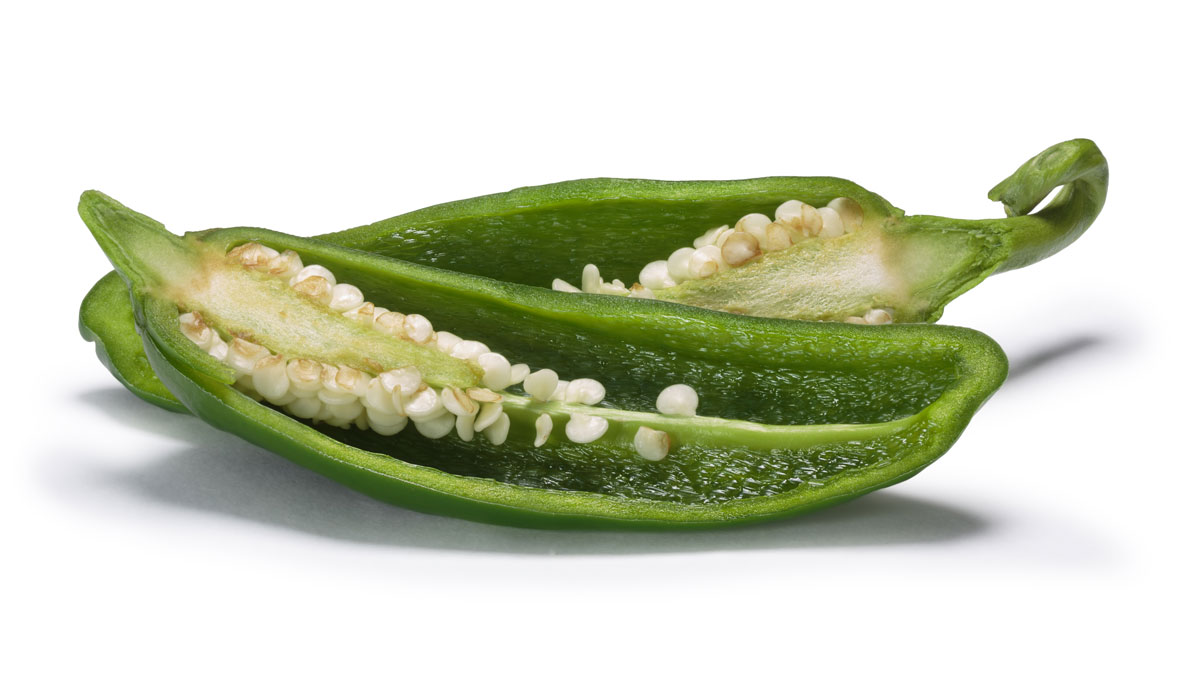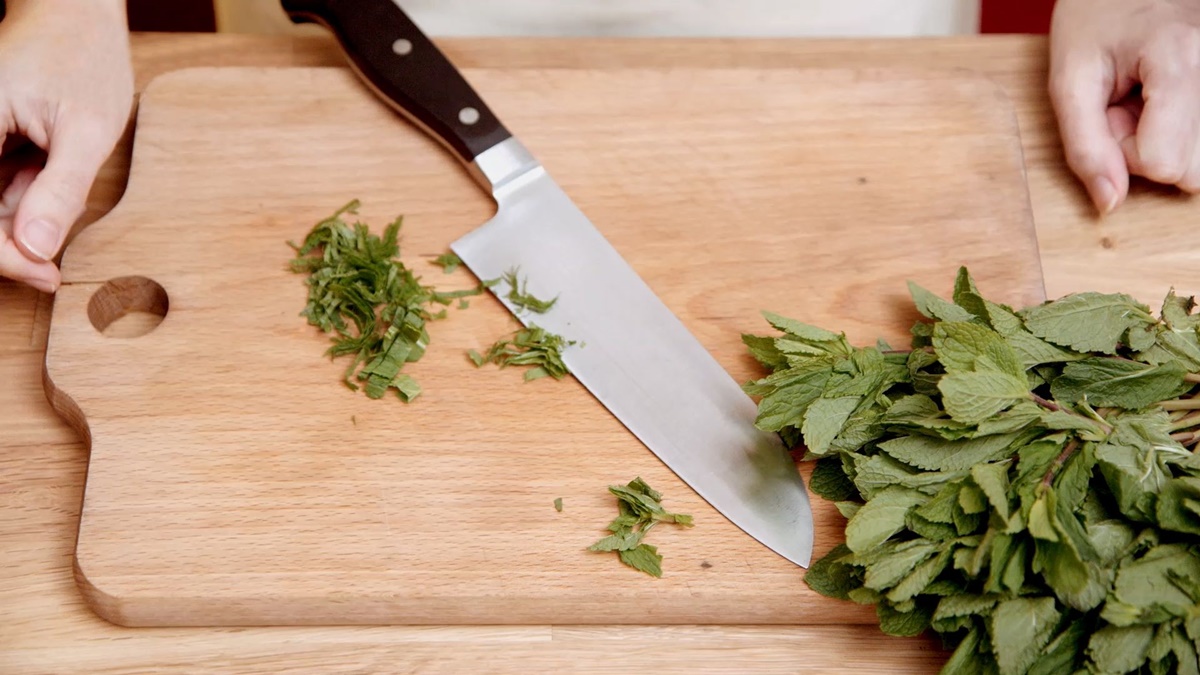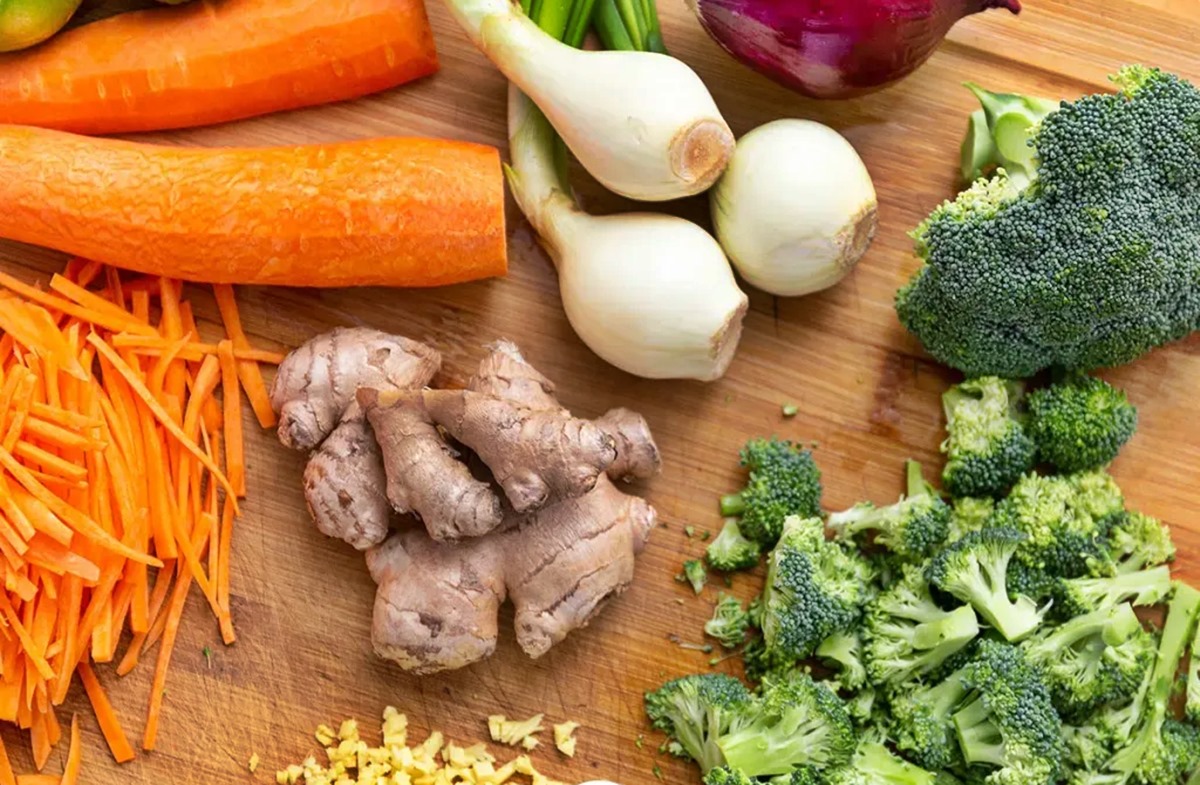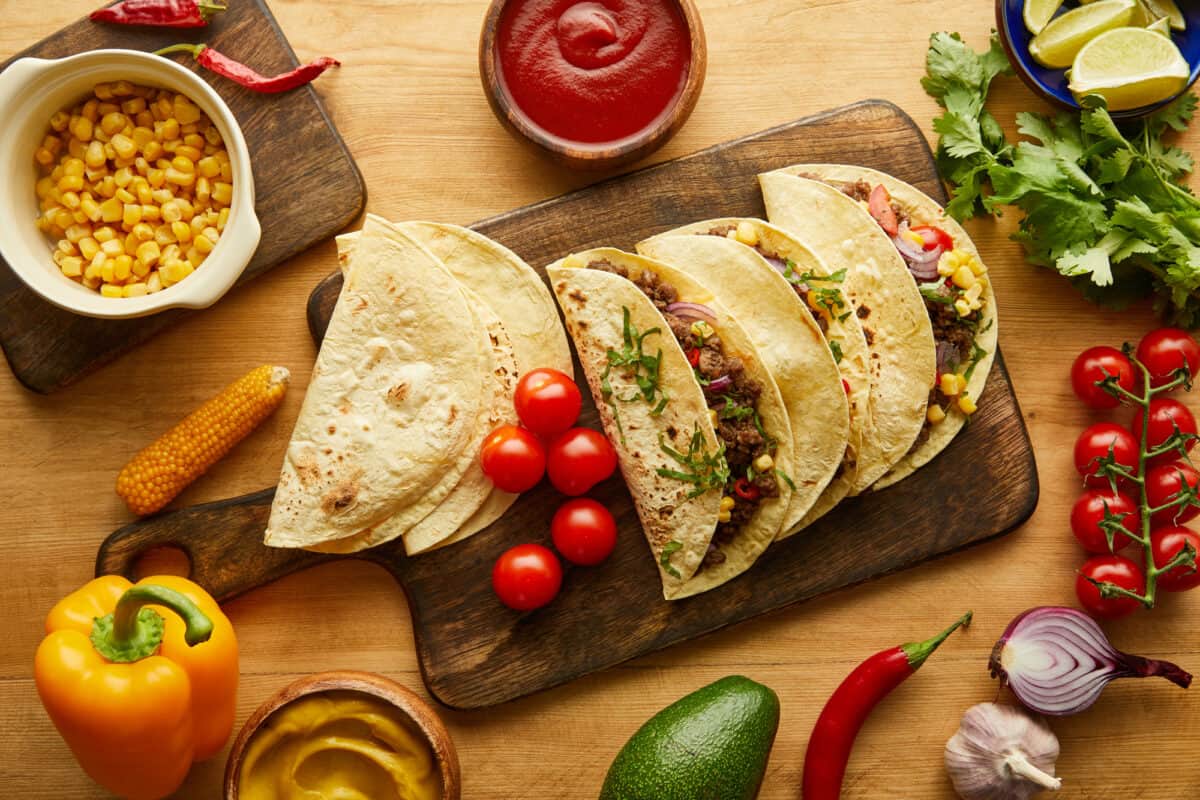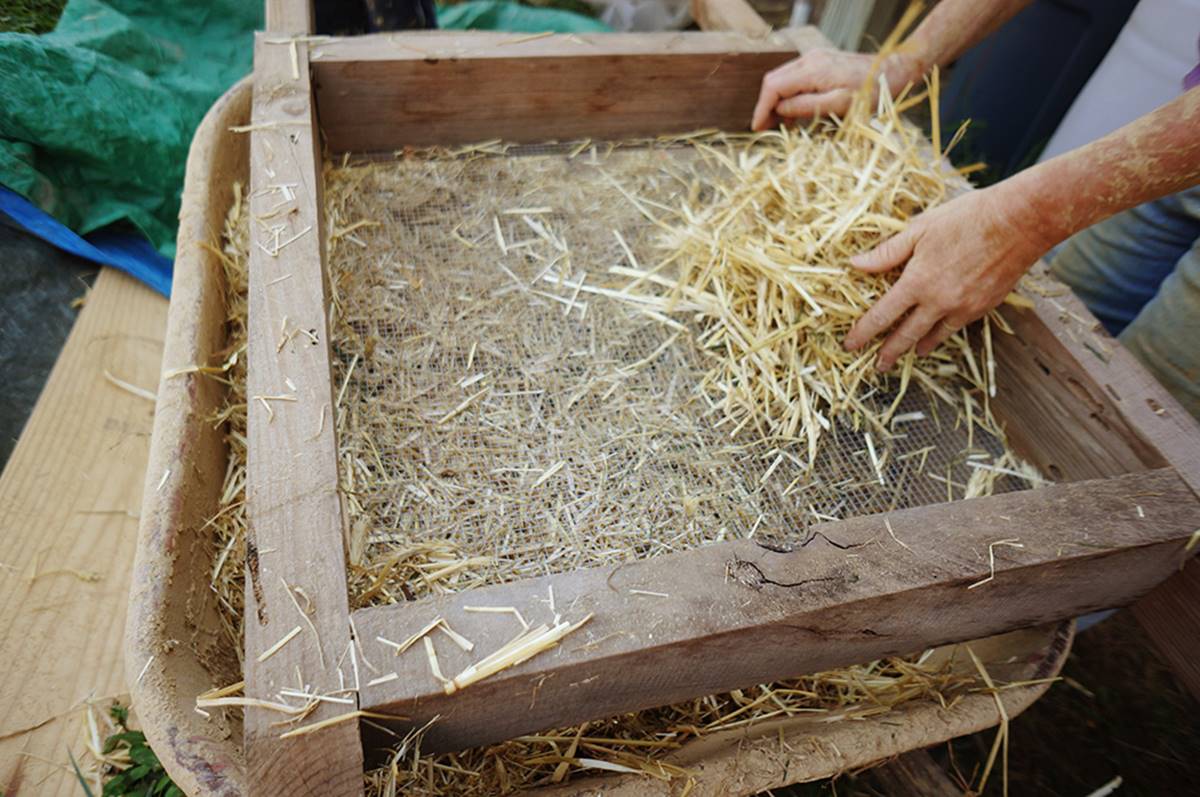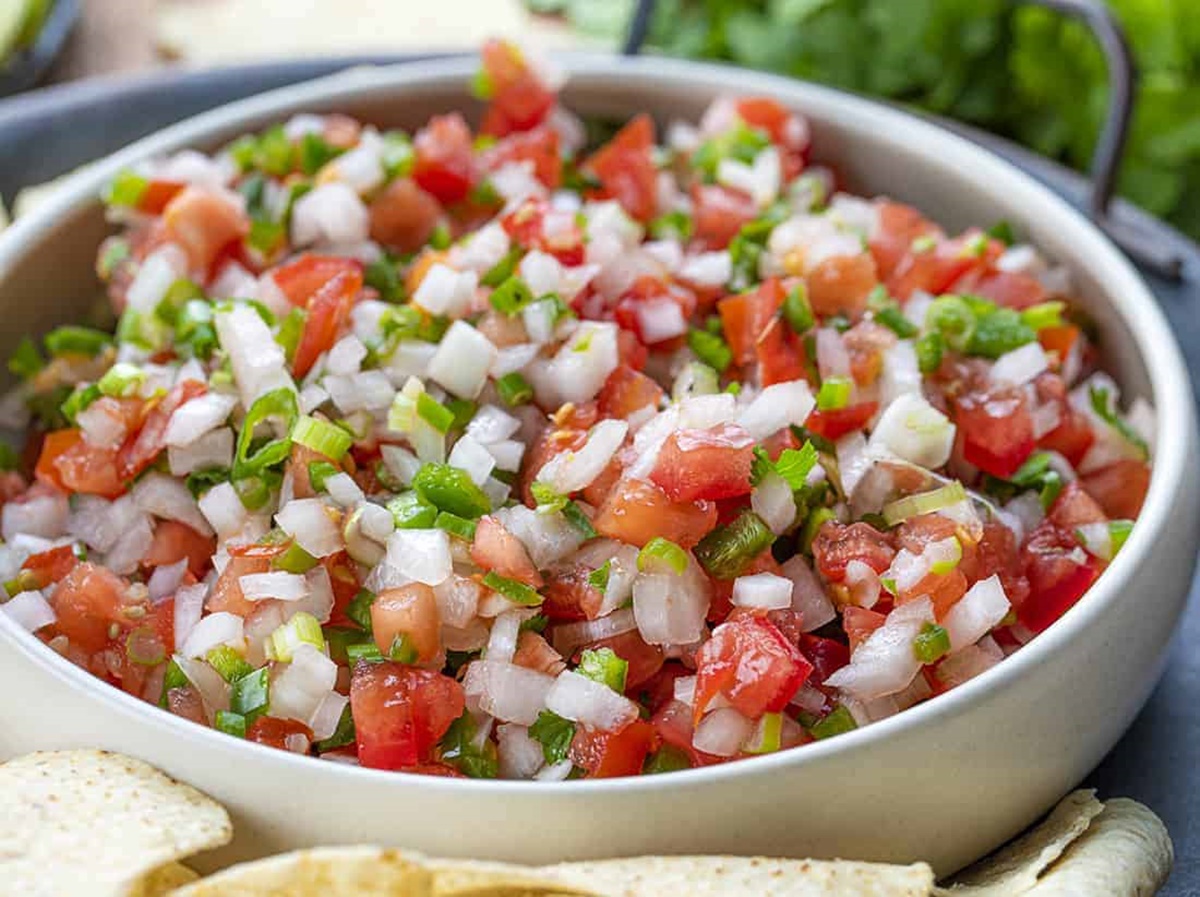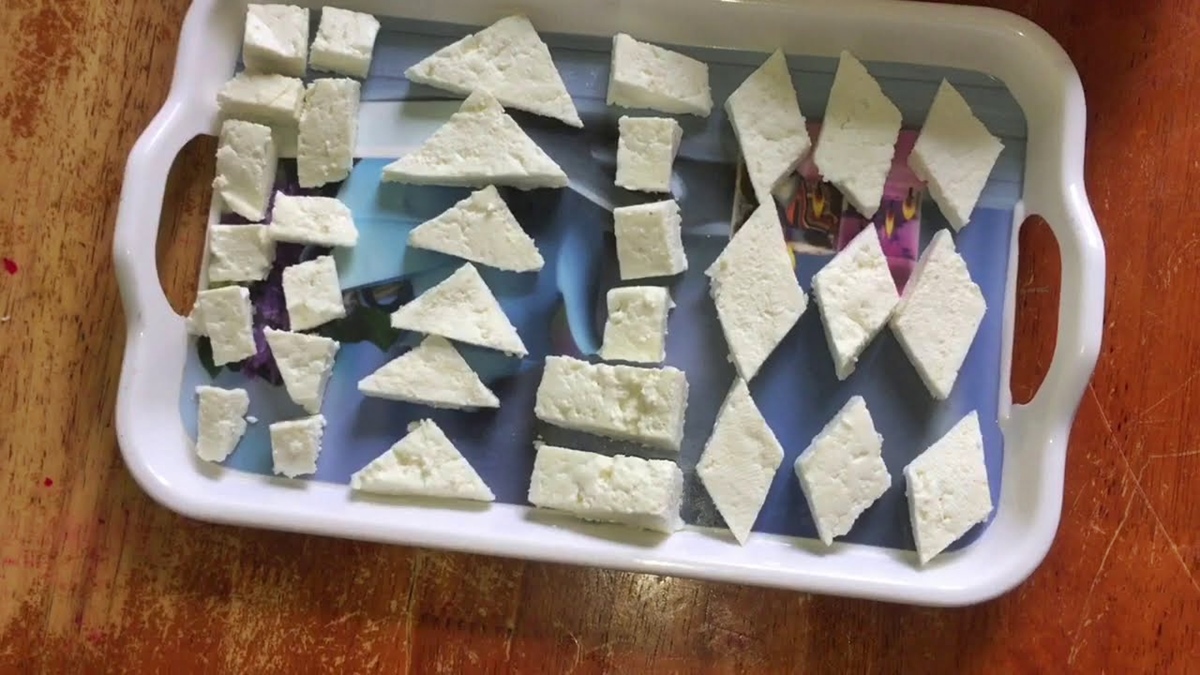How To Cut Up Cabbage For Coleslaw
Are you craving a refreshing and crunchy coleslaw, but don’t know where to start? Look no further! In this article, I’ll guide you through the step-by-step process of cutting up cabbage to create the perfect coleslaw. Whether you’re hosting a barbecue, preparing a side dish for a family dinner, or simply satisfying your coleslaw cravings, this guide will have you covered.
Why is cutting cabbage important?
Properly cutting the cabbage is a crucial step in making coleslaw. It ensures that the cabbage is uniform in size and texture, allowing for a consistent coleslaw experience. Plus, cutting the cabbage correctly will make it easier to mix in the dressing and other ingredients.
Here’s how to cut up cabbage for coleslaw:
- Gather your supplies: To get started, you’ll need a sharp knife, a cutting board, and a large head of cabbage.
- Remove the outer leaves: Peel off the tough and damaged outer leaves from the cabbage head. These leaves are usually darker and may have blemishes.
- Cut the cabbage in half: Place the cabbage on the cutting board, flat side down. Using a sharp knife, carefully cut the cabbage in half from top to bottom.
- Slice the halves: Take one cabbage half and place it flat-side down on the cutting board. With your knife, make thin, even slices across the width of the cabbage. Repeat this process with the other half.
- Chop into bite-sized pieces: Gather the sliced cabbage and chop it into bite-sized pieces. You can make the pieces as fine or as chunky as you prefer, depending on your coleslaw preference.
- Rinse and drain: Once you’ve chopped the cabbage, give it a thorough rinse under cold water to remove any dirt or debris. After rinsing, allow the cabbage to drain in a colander for a few minutes.
Your cabbage is now ready to be turned into delicious coleslaw!
Remember, you can customize your coleslaw by adding other ingredients like shredded carrots, chopped onions, or even apple slices for a hint of sweetness. Experiment with different dressings to find your favorite flavor combination.
Now that you know how to cut up cabbage for coleslaw, you can confidently create this classic side dish anytime you want. Enjoy the fresh crunch and tanginess of homemade coleslaw at your next gathering or family meal. Happy cutting!
Was this page helpful?
Read Next: How To Cut Up Fresh Parsley
